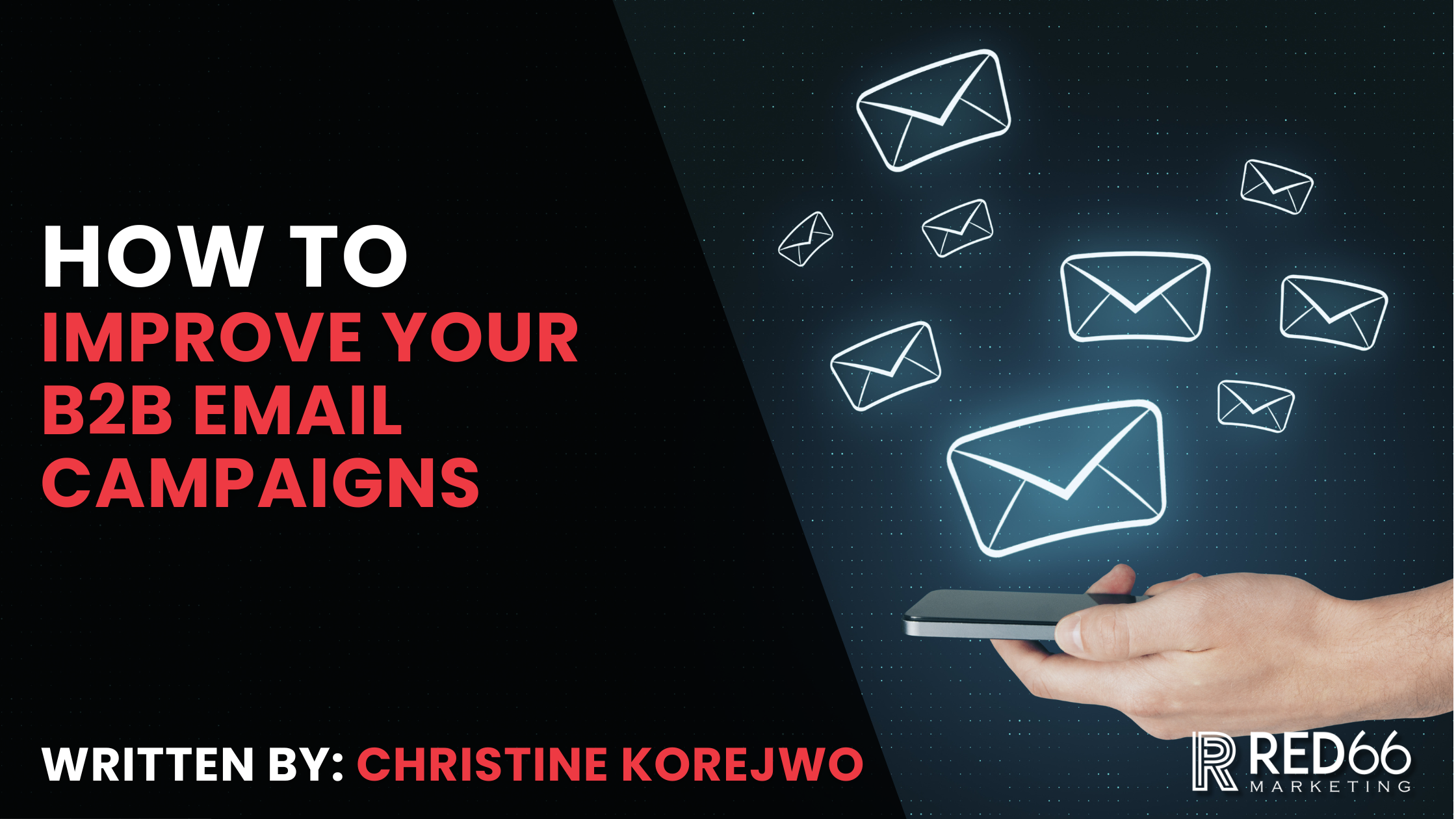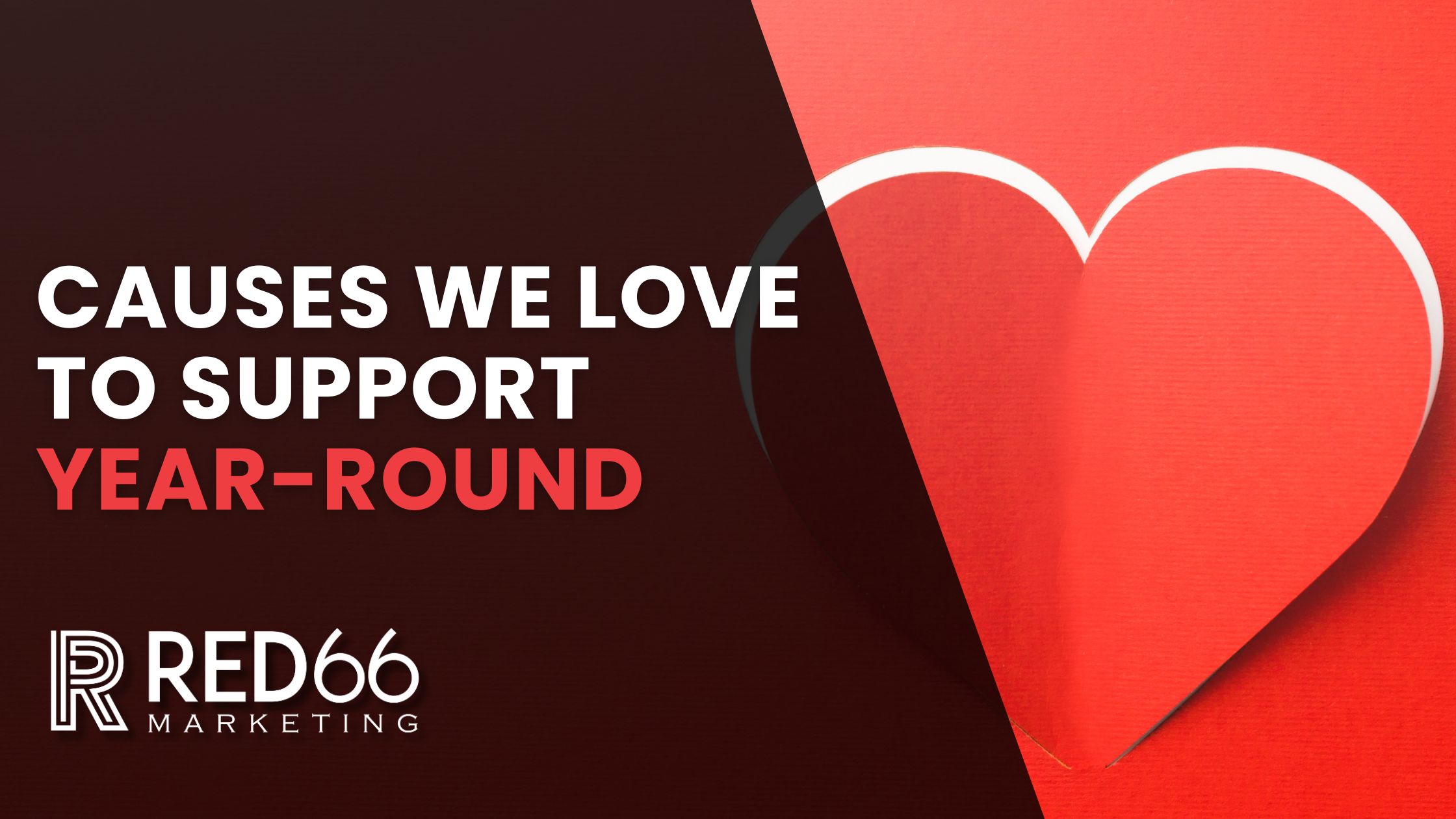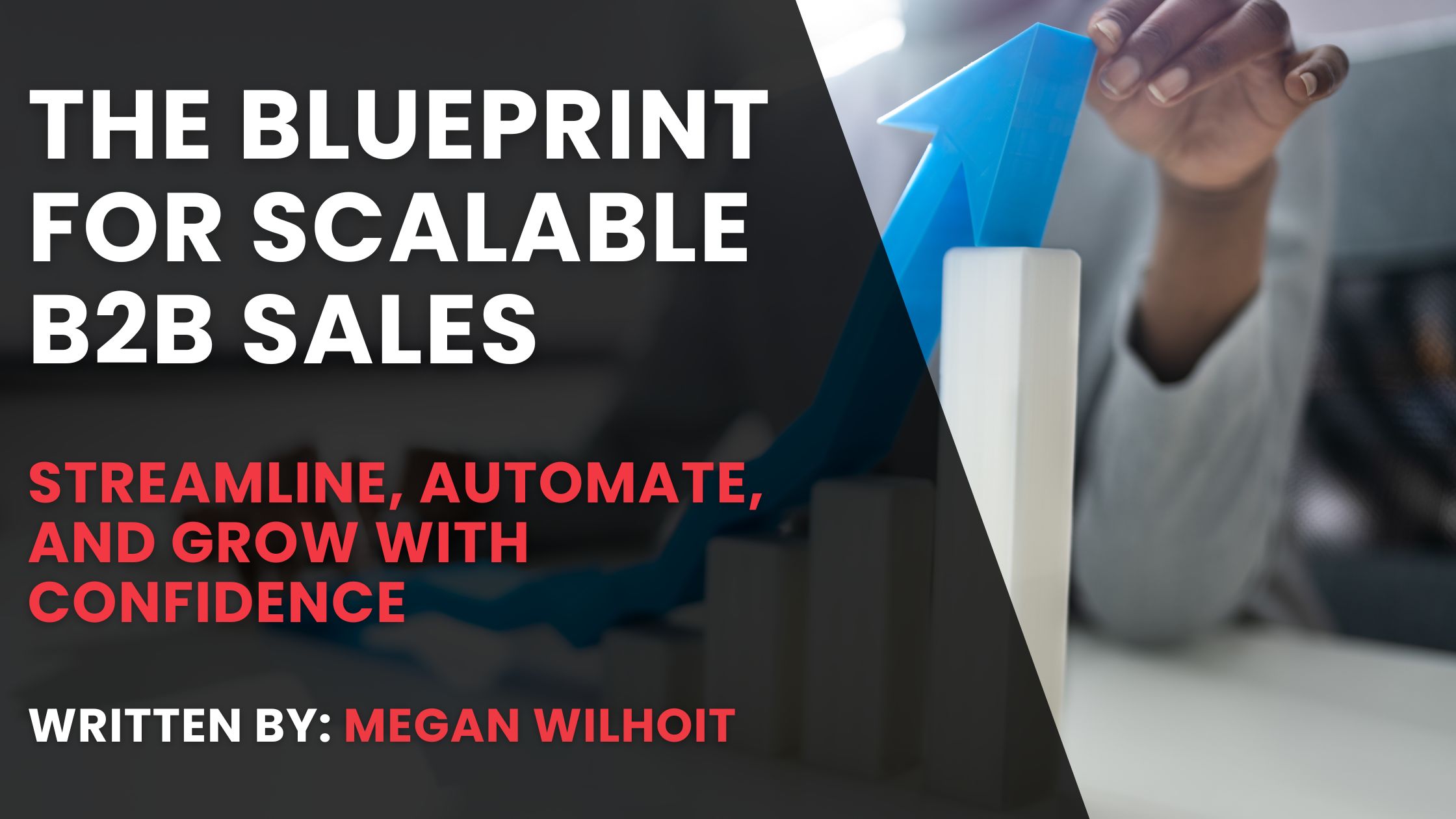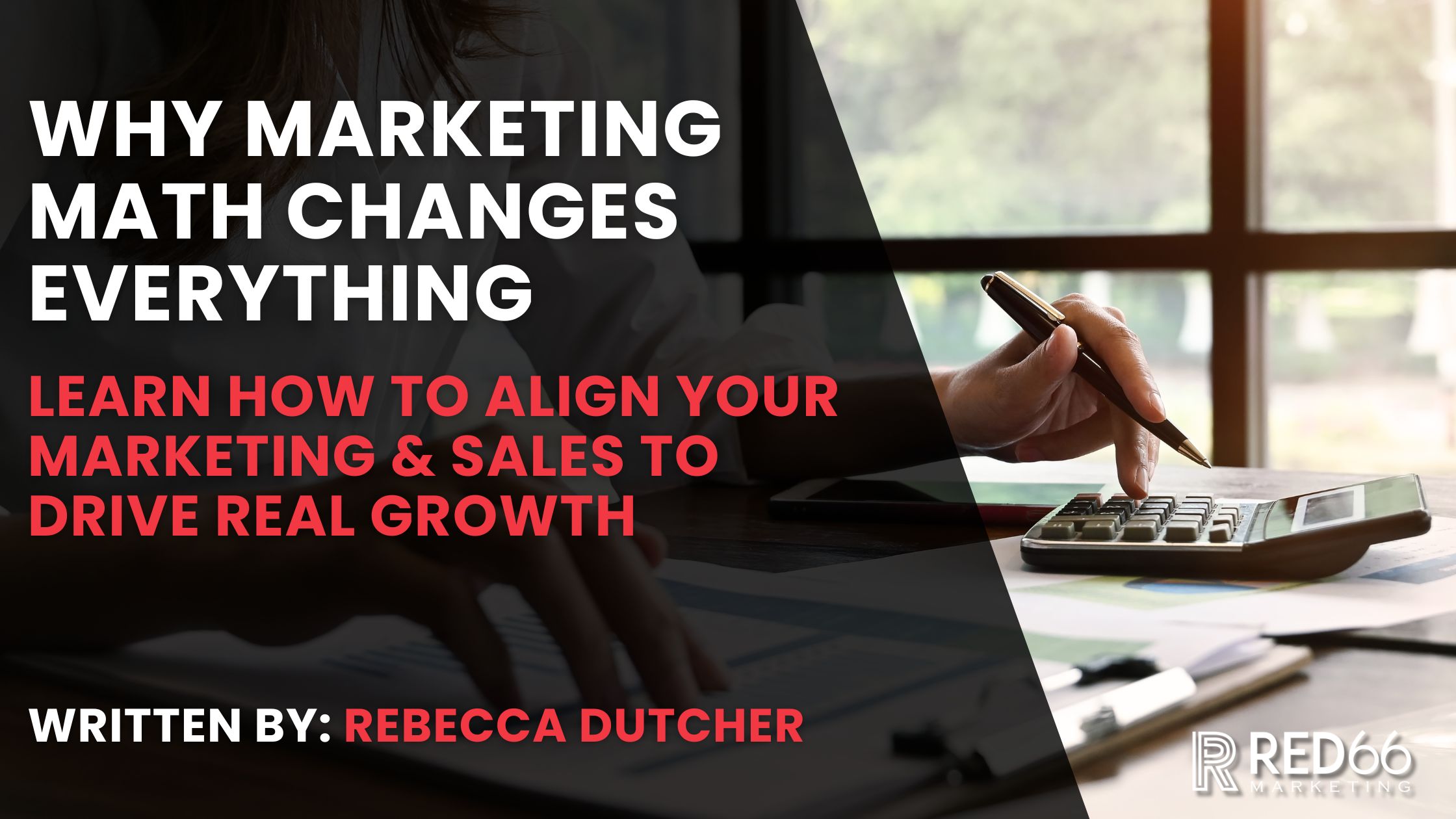B2B Email Marketing Best Practices: Build Better Campaigns That Actually Convert

Email marketing remains one of the most effective tools in B2B marketing, but success doesn’t come from simply hitting send. Today’s buyers expect more than a promotional message. They want relevant, personalized content that helps them make better decisions. In fact, 99% of email users check their inbox every day, some as much as 20 times per day.
A strong B2B email marketing strategy focuses on delivering the right message to the right person at the right time. That means dialing in your segmentation, writing subject lines that actually get opened, and using automation to support (not overwhelm) your audience.
Let’s break down the best practices that will help your emails stand out, get opened, and drive results.
Send Smarter Emails
Personalization is no longer optional in B2B email marketing. It’s expected. But true personalization goes far beyond simply using someone’s name.
Email segmentation strategies for B2B companies can include:
- Industry or vertical
- Buyer journey stage
- Website behavior
- Past engagement with emails or content
When you tailor your message based on interests or behavior, it feels more like a one-on-one conversation than a mass broadcast. Emails with personalized subject lines are 26% more likely to be opened.
Subject Lines That Spark Action
The subject line is your first (and sometimes only) chance to make an impression. Crafting a compelling one can make or break your open rate.
Here’s how to write B2B email subject lines that stand out:
- Keep it under 50 characters
- Use questions to create curiosity
- Include numbers or benefits
- Avoid all caps or overused phrases like “free” or “limited time”
A/B testing subject lines is one of the fastest ways to improve your campaign performance. Small changes can have a big impact.
Smarter Automation That Supports the Buyer Journey
B2B email marketing automation should guide prospects, not bombard them. A well-designed automation strategy delivers value at every step of the buyer journey.
Use automation to:
- Nurture leads with timely follow-ups
- Re-engage cold contacts
- Deliver content based on behavior
- Respond quickly to form fills or demo requests
Automation works best when it’s aligned with real customer needs. It should feel helpful, not robotic. And just like any other tactic, performance should be monitored and adjusted regularly.
Improve Deliverability and Stay Out of Spam
Even the best email content won’t help if it doesn’t reach the inbox. Improving your deliverability rate ensures more of your audience actually sees your message.
Best practices include:
- Sending from a verified domain
- Balancing images and text
- Including clear unsubscribe links
- Avoiding spam trigger words
- Cleaning your email list regularly
These steps help you avoid spam filters while building trust with your audience over time.
What Makes a Good B2B Email Campaign? Results.
Good email campaigns do more than get opened, they drive action. Whether it’s clicking a link, filling out a form, or booking a call, the next step is what really counts.
Clear calls to action can boost click-through rates by up to 371%, making them one of the most important elements in any email.
The most effective campaigns are clear, targeted, and relevant. They speak to the right audience, offer real value, and are sent at the right time.
When your emails include the basics such as segmentation, strong subject lines, and helpful content, they’re more likely to get results.
Let Email Drive Results, Not Just Opens
Your email strategy should do more than land in an inbox. It should educate, engage, and convert. From segmentation to subject lines, small adjustments can lead to meaningful improvements.
If you’re wondering how to improve your B2B email open rates or build campaigns that convert, we can help. Our team builds email marketing strategies that connect with your ideal audience and support your overall sales goals.
Let’s talk about how your email marketing can become a smarter, more effective part of your B2B growth strategy.









